-
CATEGORY ::
- All Seeds /
- All Flower Seeds
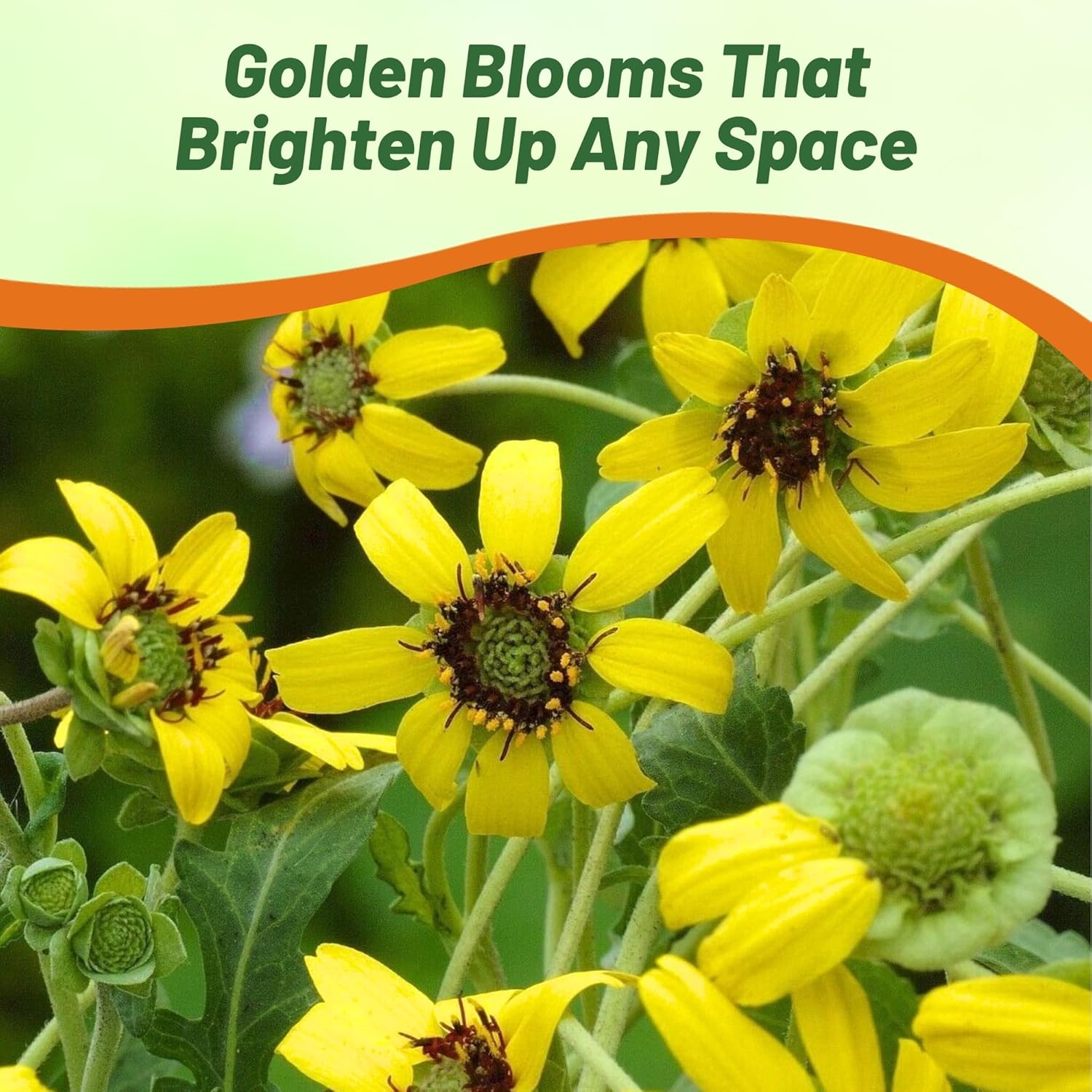

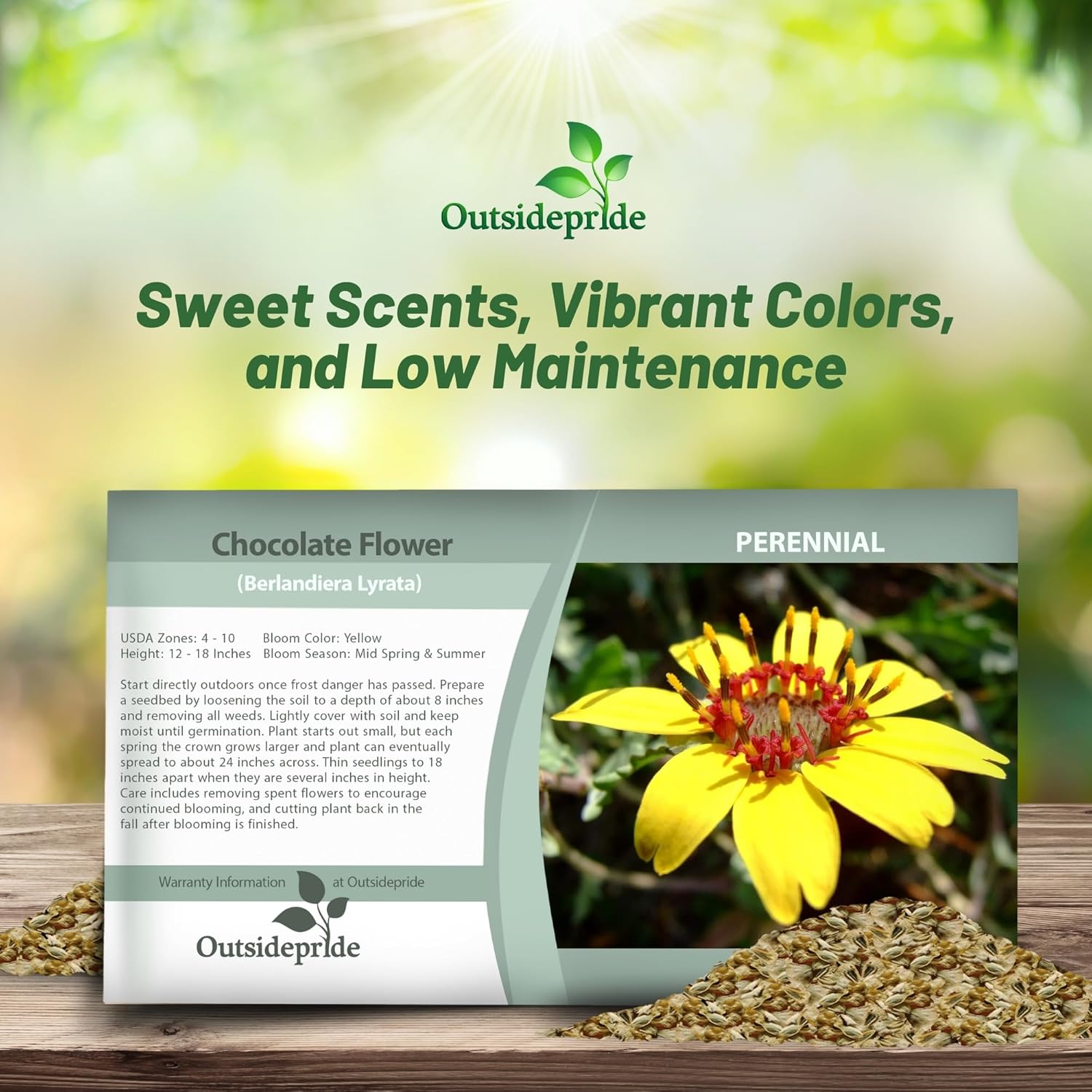

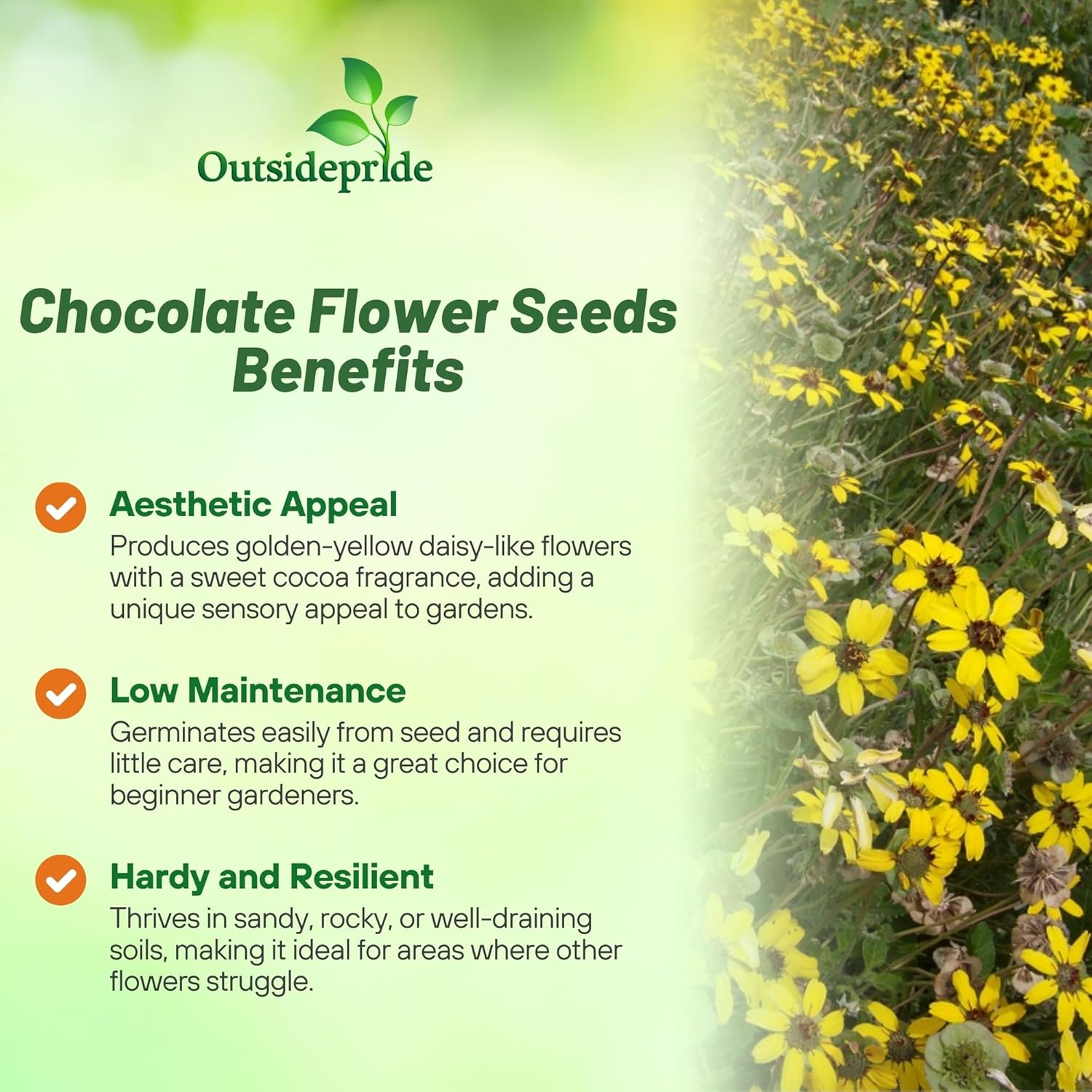
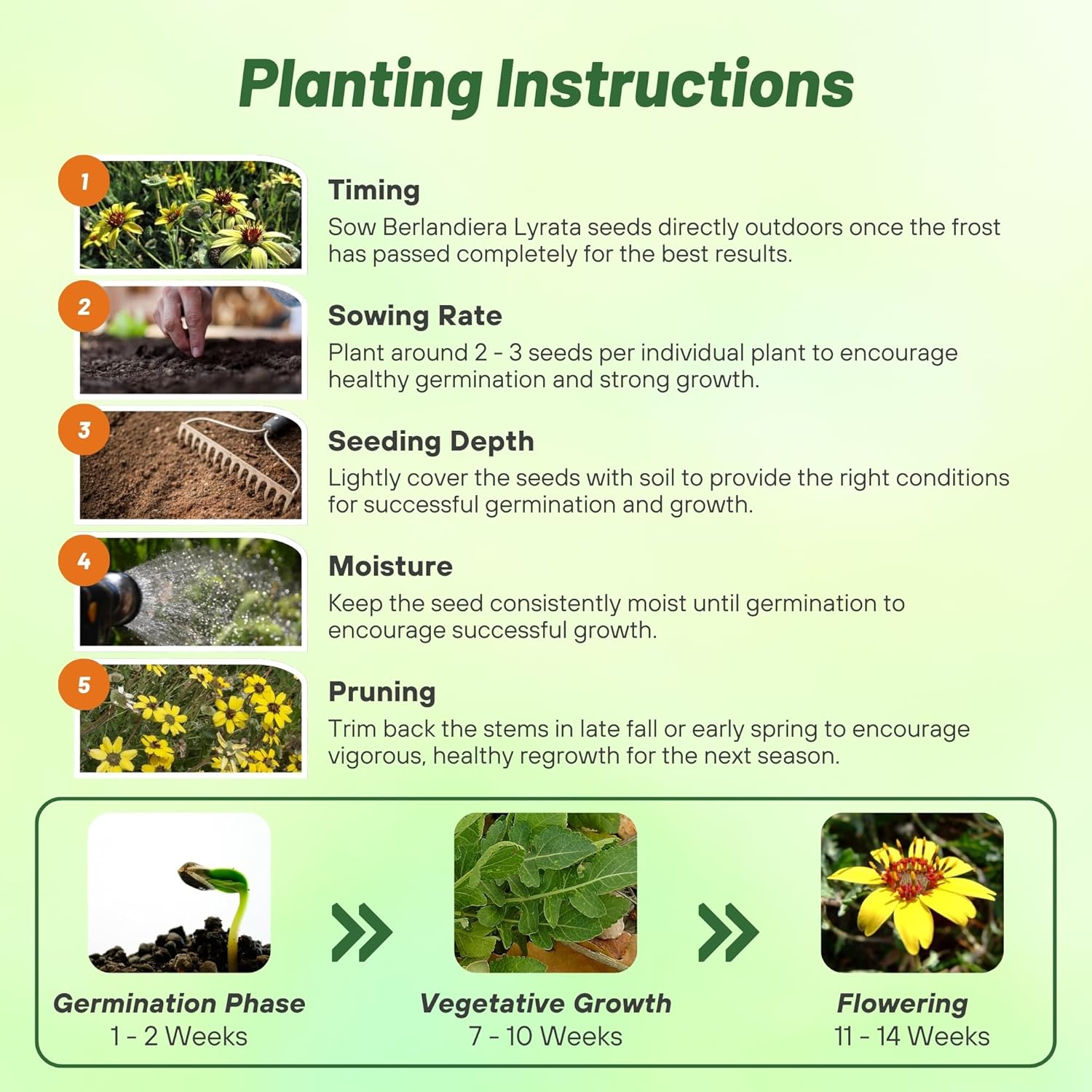
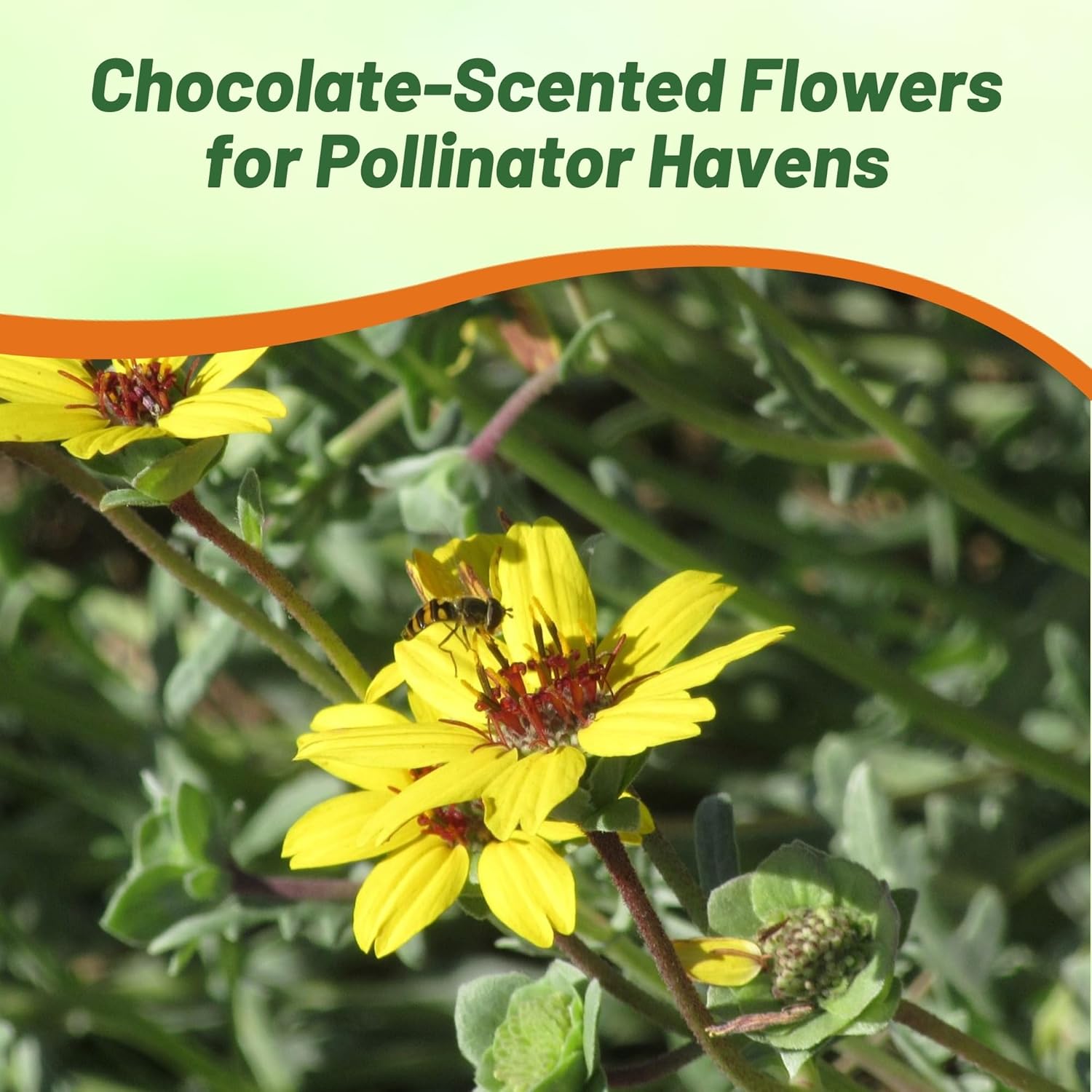

Chocolate Flower Seeds
SEASON
Perennial
USDA ZONES
4 - 10
HEIGHT
12 - 18 inches
BLOOM SEASON
Mid spring to mid summer
BLOOM COLOR
Yellow
ENVIRONMENT
Full sun
SOIL TYPE
Adaptable to various soils, pH 6.1 - 7.8
DEER RESISTANT
Yes
HOUSE PLANT
No
SEASON
Annual
USDA ZONES
4 - 10
HEIGHT
6 - 8 inches
BLOOM SEASON
Mid spring to late summer
BLOOM COLOR
Mix
ENVIRONMENT
Full sun
SOIL TYPE
Best in rich, well drain soil
DEER RESISTANT
No
LATIN NAME
Leptosiphon hybrida
SEASON
Perennial
USDA ZONES
7 - 11
HEIGHT
28 inches
BLOOM SEASON
Spring to fall
BLOOM COLOR
Rosy purple
ENVIRONMENT
Full sun to partial shade
SOIL TYPE
Well drained soils, pH 6.6 to 7.5
DEER RESISTANT
Yes
SEASON
Perennial
USDA ZONES
7 - 11
HEIGHT
4 inches
WIDTH
12 - 18 inches
BLOOM SEASON
Early spring to early fall
BLOOM COLOR
Pink
ENVIRONMENT
Full sun to partial shade
FOOT TRAFFIC
Light
DEER RESISTANT
Yes
SEASON
Annual
USDA ZONES
3 - 11
HEIGHT
100 - 140 inches
BLOOM SEASON
Late spring to late summer
BLOOM COLOR
Mix
ENVIRONMENT
Full sun
SOIL TYPE
Well drained, pH 6.6 - 7.5
DEER RESISTANT
No
HOUSE PLANT
No
SEASON
Annual
USDA ZONES
4 - 9
HEIGHT
12 inches
BLOOM SEASON
Late summer to early fall
BLOOM COLOR
Mix
ENVIRONMENT
Full sun
SOIL TYPE
Moist, well-drained, pH 6.6 - 7.3
DEER RESISTANT
Yes
SEASON
Perennial
USDA ZONES
9 - 11
HEIGHT
120 inches
BLOOM SEASON
Mid summer to late fall
BLOOM COLOR
Orange, red, yellow
ENVIRONMENT
Full sun
SOIL TYPE
Sandy, well drained soil, pH 5.5 - 7.5
DEER RESISTANT
Yes
LATIN NAME
Mina lobata
SEASON
Annual
USDA ZONES
3 - 10
HEIGHT
12 inches
BLOOM SEASON
Mid summer
BLOOM COLOR
Pink
ENVIRONMENT
Full sun to partial shade
SOIL TYPE
Rich, moist soil, pH 6.6 - 7.5
DEER RESISTANT
Yes
HOUSE PLANT
Yes
LATIN NAME
Mimosa pudica
About...
Chocolate Flower (Berlandiera Lyrata) - Start Berlandiera Lyrata seeds to grow this delightful perennial that is especially effective when grown in mass groups. Berlandiera Lyrata Chocolate Flower is unique and will win the admiration of most any gardener!MORE FLOWER OPTIONS
Planting Directions
TEMPERATURE
60 - 70F
AVERAGE GERM TIME
30 - 90 days
LIGHT REQUIRED
Yes
DEPTH
Lightly cover seed
SOWING RATE
2 - 3 seeds per plant
MOISTURE
Keep seeds moist until germination
PLANT SPACING
15 - 18 inches
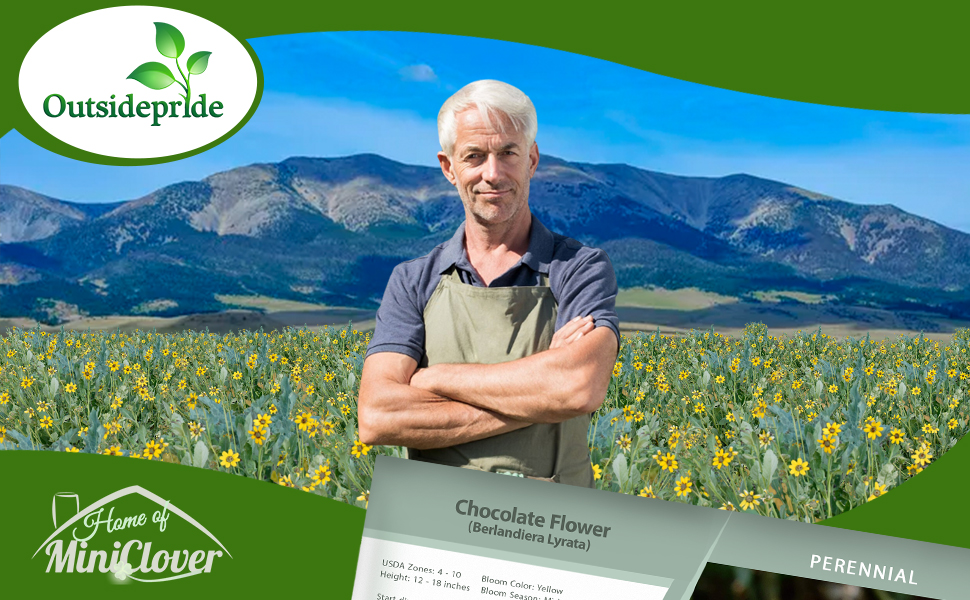
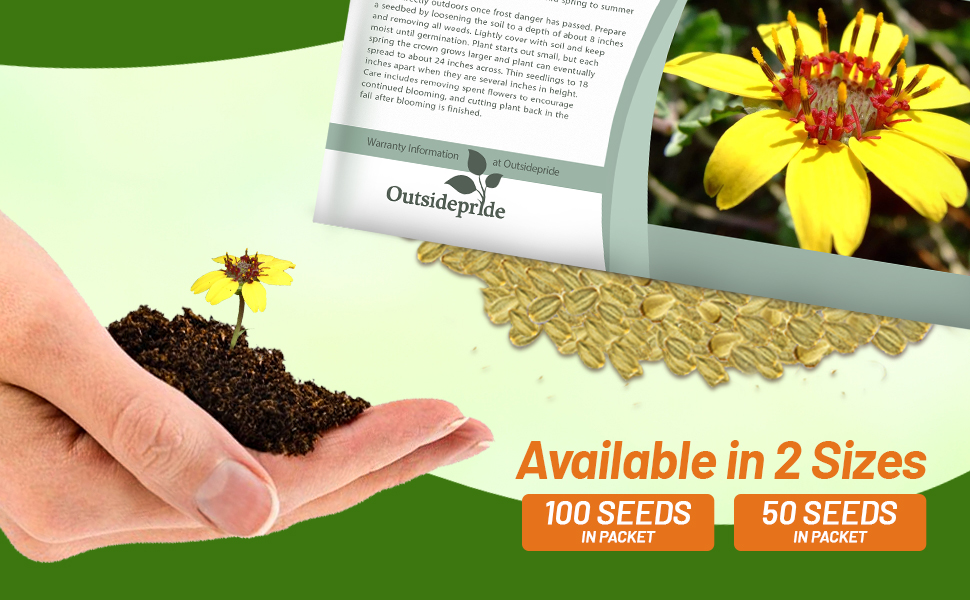
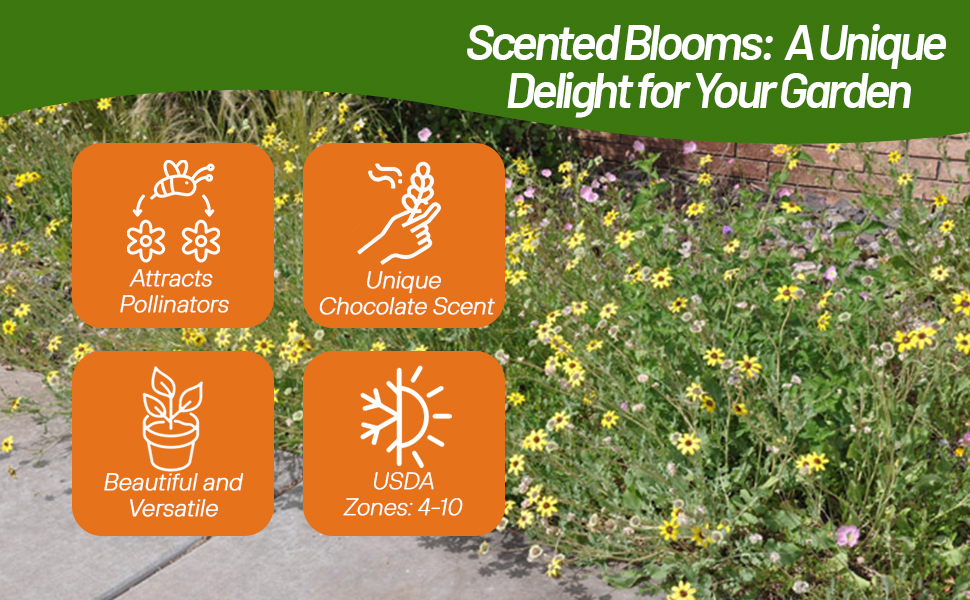
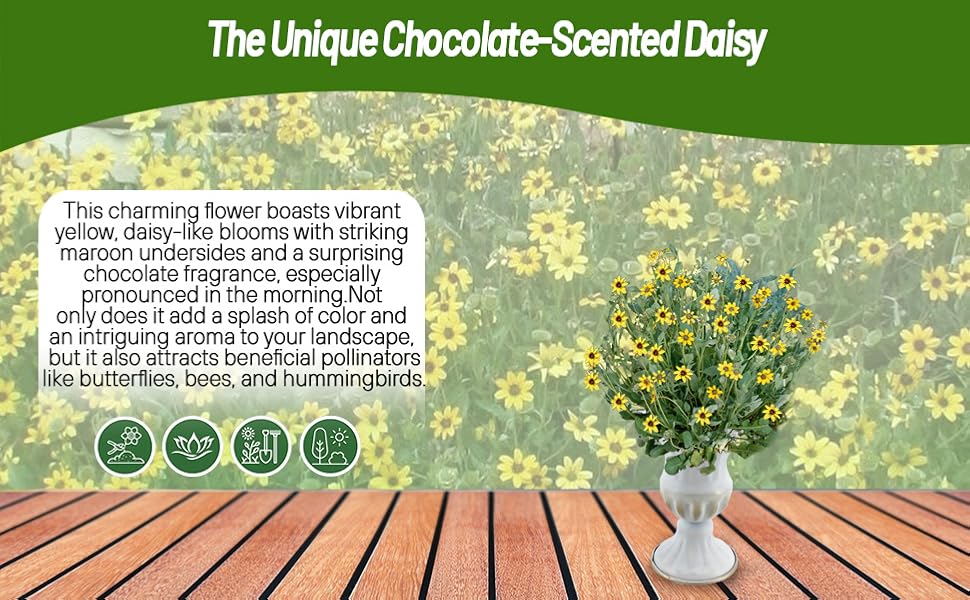
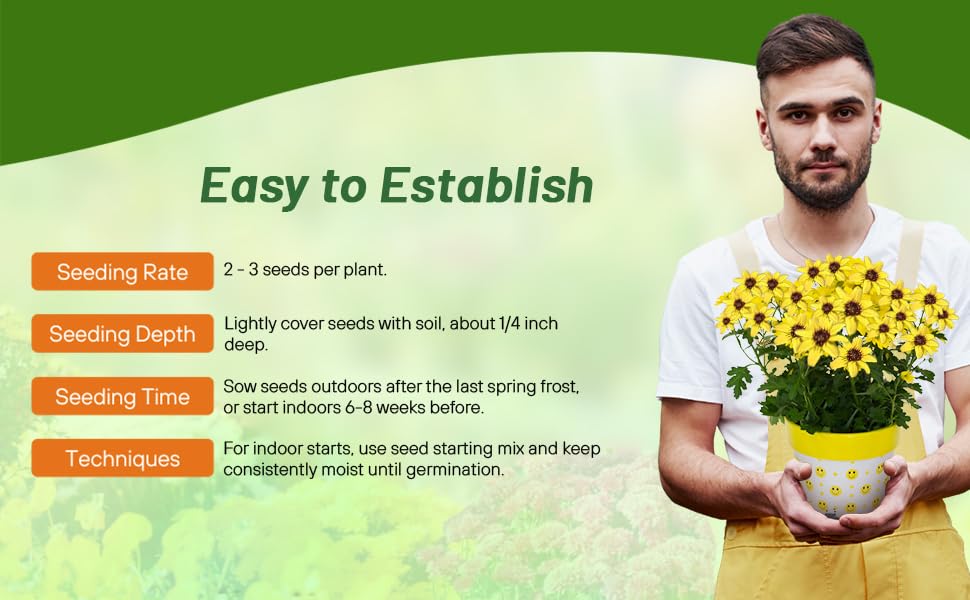
Chocolate Flower (Berlandiera Lyrata) - Start Berlandiera Lyrata seeds to grow this delightful perennial that is especially effective when grown in mass groups. Berlandiera Lyrata Chocolate Flower is unique and will win the admiration of most any gardener! Chocolate Flowers are night time bloomers, and their cocoa scent is strongest in the morning hours.
Common Questions
Will Chocolate flower attract pollinators?
Yes, pollinators like bees, butterflies and hummingbirds will be attracted to your chocolate flowers.
Do I need to deadhead my flowers?
If you want to extend your bloom season you will need to deadhead your spend flowers.
What are ideal places to plant chocolate flowers in my landscape?
This enthusiastic bloomer is ideal for beds and borders, rock gardens, prairies and meadows.
What are some good companion plants for chocolate flowers?
Flower such as Indian blanket and Melampodium work well with chocolate flowers.
Planting Directions
TEMPERATURE
55 - 65F
AVERAGE GERM TIME
14 - 21 days
LIGHT REQUIRED
Yes
DEPTH
Surface sow seed and light cover no more than 1/8 inch deep
SOWING RATE
3 - 5 seeds per cell or approximately 5000 seeds covers 100 square feet
MOISTURE
Keep seeds moist until germination
PLANT SPACING
8 inches
Leptosiphon Mix (Leptosiphon Hybrida French Hybrids Mix) - Start Leptosiphon seeds to start these dainty little flowers. Leptosiphon French Hybrids has the synonymous botanical name Linanthus androsaceus. This low-growing annual has fern-like foliage and hundreds of sweet little half inch star-shaped flowers that shine out from the foliage. The colors are mixed and bright in shades of rose, yellow, orange and cream. Leptosiphon uses include edging the front of the flower bed, containers, edging a pathway, or as a ground cover. Commonly known as False Baby Stars, this annual is lovely if it is allowed to spill over the edges of rocks or containers. It makes a carpet of color and is stunning!
Grow Leptosiphon seeds directly outside in a prepared seedbed after frost danger has passed. Press the flower seed into the soil and lightly cover. False Baby Stars flowers perform best in full sun, and they prefer rich, well-draining soil.































